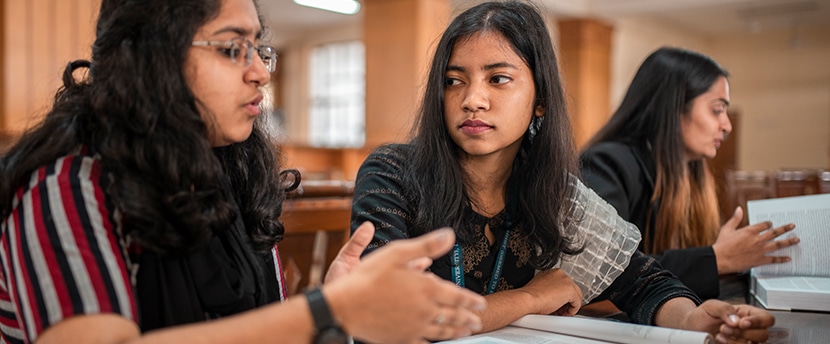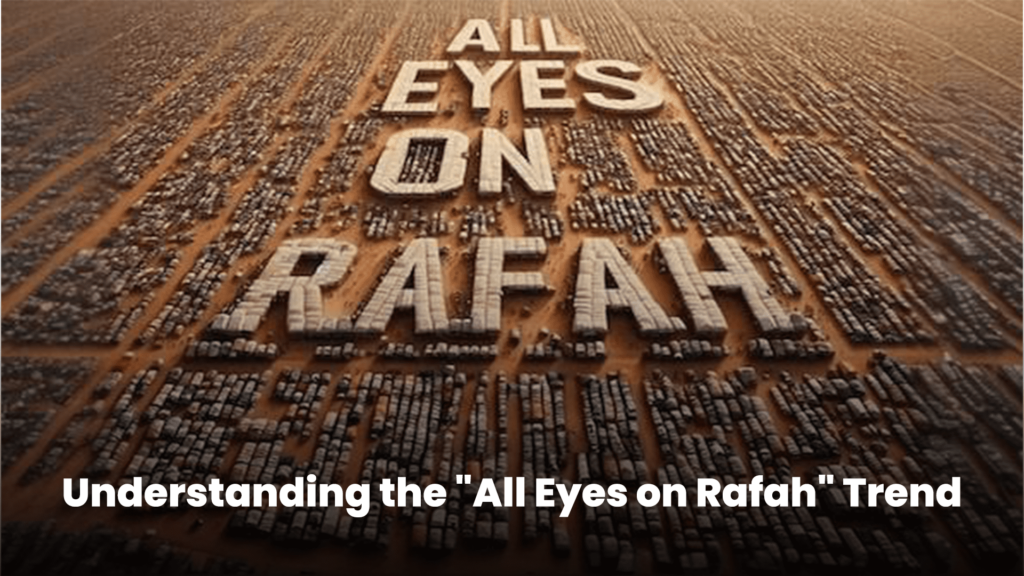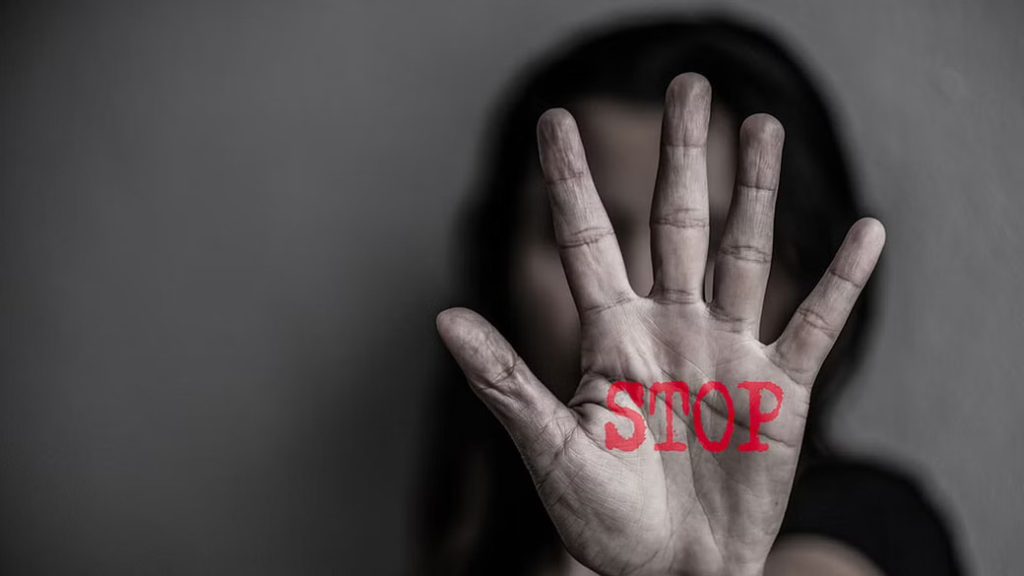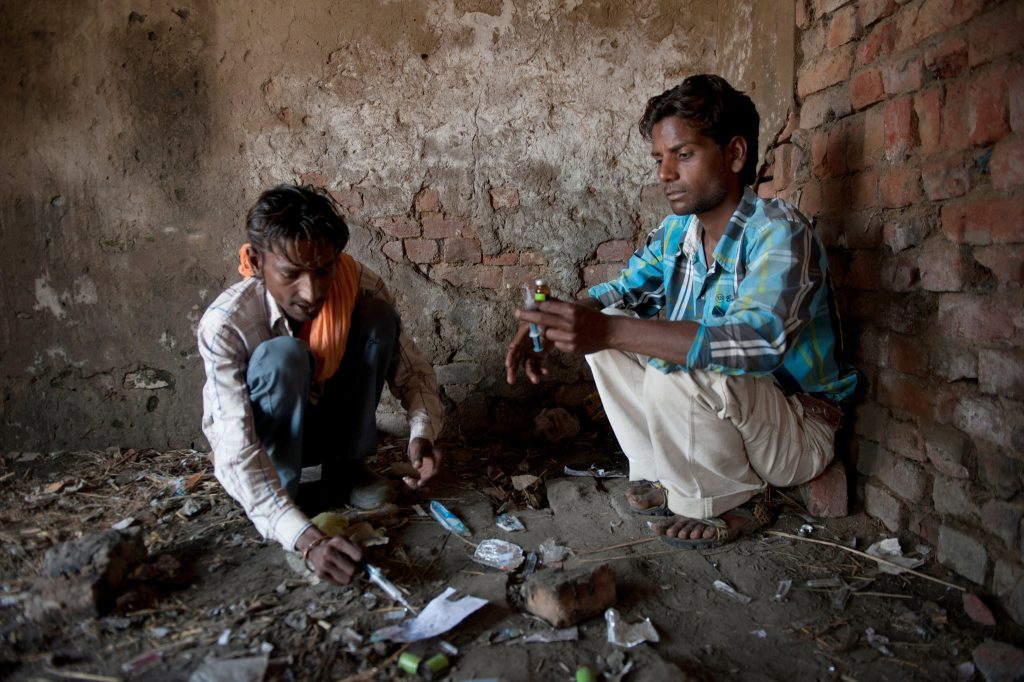Pop, Power & Provocation: What Sabrina Carpenter’s Album Cover Says About Us
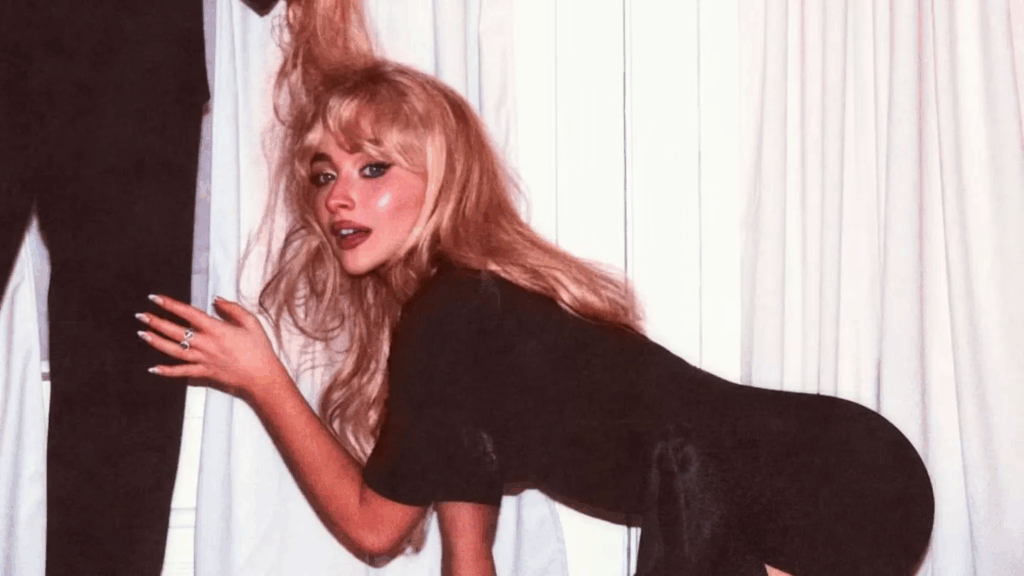
The Image That Broke the Internet
When pop star Sabrina Carpenter unveiled the cover of her album Man’s Best Friend, the internet didn’t just react—it combusted.
In the now-viral image, Carpenter is posed on all fours, blonde hair clutched in a man’s hand, mimicking the position of a pet. It’s provocative. It’s stylized. It’s visually arresting. And it set off a wave of polarizing reactions.
To some, it’s satire—a deliberate pushback against the way the music industry commodifies and “leashes” women.
To others, it’s regressive—reminiscent of dangerous tropes that glamorize submission, dominance, and objectification.
Within hours, social media feeds filled with takes: hot, cold, angry, and analytical. Think pieces were written. Debates raged in comment sections. Some people were inspired. Others were disgusted. Many were simply confused.
But here’s the thing: everyone felt something. And that feeling—more than the photo itself—is what we at BetterSpace want to talk about.
Why Mental Health Needs to Be Part of This Conversation
As a mental health platform, we believe in safe emotional spaces, freedom of expression, and honoring the complexity of human reaction.
Moments like this—when art intersects with identity, power, and gender—don’t just belong in entertainment magazines. They belong in mental health discussions, because they show us how we’re processing culture, control, and ourselves.
Instead of asking “Is this empowering or offensive?”, we ask:
-
Why did this image evoke such strong feelings?
-
What does it trigger inside of us?
-
Why do reactions vary so widely—especially among women?
Let’s explore.
When Empowerment Looks Like Submission
Pop culture has always walked a tricky line when it comes to female agency. Women in the spotlight often face a contradictory set of rules:
-
Be sexy, but not “too much.”
-
Be strong, but don’t be threatening.
-
Be desirable, but also feminist.
And when someone like Carpenter drops a visual bombshell like this, the response is rarely simple. It echoes decades of cultural tension:
“The image evokes both agency and captivity. That duality is what makes it potent—and divisive.”
— Dr. Farheen Malhotra, Clinical Psychologist & Media Researcher
For some, Sabrina is reclaiming the gaze—playing with submission rather than succumbing to it. She’s the director of her own image, not a passive subject.
For others, the image is a trigger. It calls back memories of being objectified, dominated, or silenced. It reinforces power dynamics that many have fought to escape.
Both interpretations are valid. Why? Because our responses are shaped by lived experience.
How Visuals Tap Into Emotional Memory
Whether you’re cheering or cringing, it’s likely because the image hit something deeper in you—something stored not just in your beliefs, but in your emotional memory.
“The same image that one person finds liberating, another may find deeply triggering,”
— Dr. Carla Mitchell, Feminist Psychologist
At BetterSpace, we see this all the time. Media doesn’t operate in a vacuum. We absorb it through our own lens—our upbringing, our relationships, our traumas.
One woman might see the cover and think, “Finally, a pop star unafraid to subvert the rules.”
Another might feel, “This reminds me of the control I had to fight to escape.”
Same image. Different lives. Different pain. Different empowerment.
The ‘Good Feminist’ Double Bind
The discourse surrounding Carpenter also reveals something deeper: the impossible expectations modern women face.
If you dress conservatively, you’re called boring or frigid.
If you show skin or embrace kink, you’re accused of seeking male validation.
Sabrina, by playing with submissive aesthetics, invites critique from both ends of the spectrum.
Social media only intensifies the pressure, reducing complex expressions to binary labels:
-
Feminist vs. Anti-feminist
-
Empowering vs. Objectifying
But real life—and real emotion—isn’t binary. It’s layered.
“We need to stop pretending feminism is a one-size-fits-all aesthetic. Liberation doesn’t look the same on everyone.”
— Nisha Patel, Gender Studies Professor
And that’s especially important for young audiences to hear. Because if feminism becomes a style you either “get right” or “get canceled” for, we’ve lost the point.
From Controversy to Conversation
At BetterSpace, we’re not in the business of canceling pop stars—or blindly defending them.
We’re in the business of making space for emotional honesty.
Instead of asking:
-
“Was Sabrina right?”
We’d rather ask:
-
“What did this bring up in you?”
-
“Where is that coming from?”
-
“How can we hold space for both discomfort and curiosity?”
That’s where growth happens.
Art, especially art that deals in power, desire, and gender, has always stirred discomfort. And that’s not inherently bad.
What matters is how we engage with that discomfort.
The BetterSpace Take
So what’s our position? It’s not a verdict—it’s an invitation:
We believe:
- Women have the right to explore and perform their identities, even if it’s messy, bold, or provocative.
- Viewers have the right to name their discomfort, confusion, or anger.
- Both things can coexist.
This isn’t about Sabrina Carpenter alone. It’s about how we engage with art that challenges our internal wiring.
If you felt empowered—great.
If you felt triggered—that’s valid too.
If you didn’t know how to feel—you’re not alone.
Your feelings deserve reflection, not ridicule.
A Mirror, Not a Moral
Here’s something important: Carpenter’s cover may not be about you. But your reaction is about you.
That’s not selfish. That’s psychological truth.
Images—especially provocative ones—act like mirrors. They don’t just reflect the artist’s intent. They reflect our inner world.
So instead of asking:
“Is this right or wrong?”
Ask:
“Why does this move me the way it does?”
That question is not just about culture. It’s about mental health.
And it’s why pop culture needs psychological context, not just critique.
Final Thought: Let’s Keep Asking Better Questions
Sabrina Carpenter did what art is supposed to do: she sparked conversation, discomfort, introspection. The fact that we’re talking about it—and feeling something—is proof that it worked.
But as we talk, let’s do so with more grace.
Not everything needs to be simplified into a headline or hashtag.
Sometimes, the best response is a pause. A breath. A question.
At BetterSpace, we’re here for that pause. For that question. For that messy middle ground where feelings aren’t filtered and thoughts aren’t yet formed.
So whether you’re Team Empowerment, Team Critique, or somewhere in between—
Know that how you feel matters.
Know that it’s okay to not have a hot take.
Know that discomfort can be a doorway—not a dead end.


